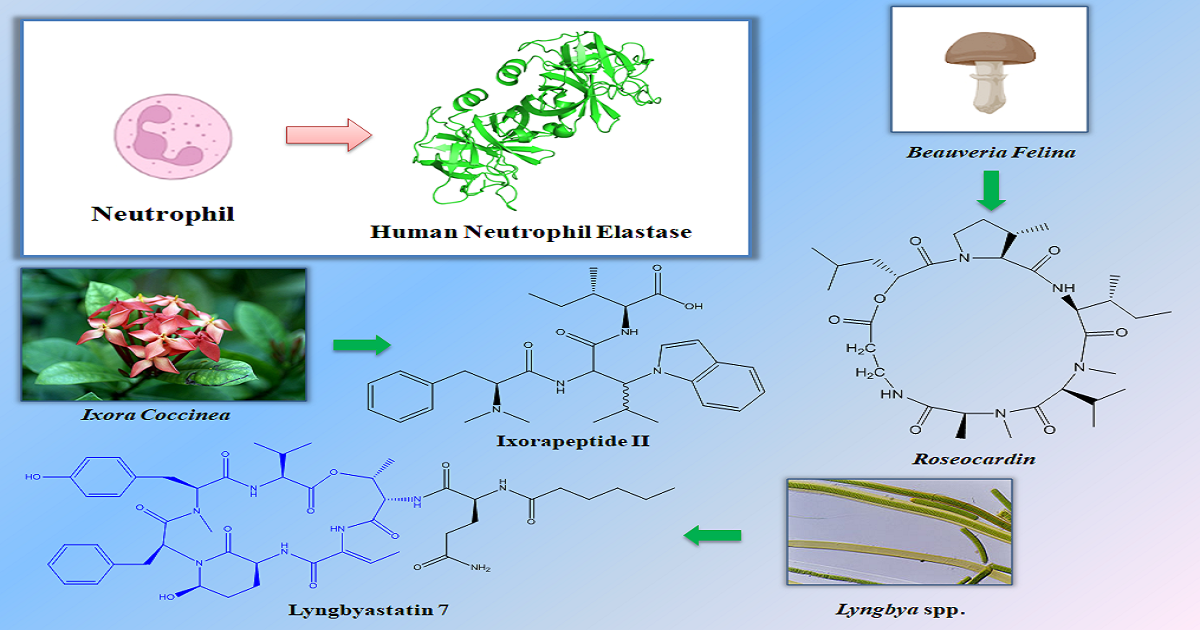Topic Menu
► Topic MenuTopic Editors


Bioactive Peptides as Functional Food Ingredients

Topic Information
Dear Colleagues,
It is a great pleasure for me to introduce the following Topic, titled “Bioactive Peptides as Functional Food Ingredients”, by the International Journal of Molecular Sciences and Current Issues in Molecular Biology. This collection will host diverse contributions ranging from full articles to reviews focusing on the analysis and characterization of naturally bioactive peptides and their synthetic derivatives for the development of food ingredients and supplements, with the aim to find novel applications in the field of nutraceuticals and food science. Plant-based studies are welcome as well as studies of peptides and amino acids from animal sources in order to design functional food with potential benefits for humans. We are eager to receive your contributions.
Dr. Azzurra Stefanucci
Prof. Dr. Adriano Mollica
Topic Editors
Keywords
- peptides
- food
- nutraceuticals
- plants
- health
Participating Journals
| Journal Name | Impact Factor | CiteScore | Launched Year | First Decision (median) | APC |
|---|---|---|---|---|---|

International Journal of Molecular Sciences
|
4.9 | 8.1 | 2000 | 16.8 Days | CHF 2900 |

Current Issues in Molecular Biology
|
2.8 | 2.9 | 1999 | 15.8 Days | CHF 2200 |

MDPI Topics is cooperating with Preprints.org and has built a direct connection between MDPI journals and Preprints.org. Authors are encouraged to enjoy the benefits by posting a preprint at Preprints.org prior to publication:
- Immediately share your ideas ahead of publication and establish your research priority;
- Protect your idea from being stolen with this time-stamped preprint article;
- Enhance the exposure and impact of your research;
- Receive feedback from your peers in advance;
- Have it indexed in Web of Science (Preprint Citation Index), Google Scholar, Crossref, SHARE, PrePubMed, Scilit and Europe PMC.

